Description
hardware flow control. It is an ideal choice in the field of industrial automation.
Design of ABB industrial robot deburring and grinding workstation based on RobotStudio simulation software
introduction
As an official offline programming software for ABB robots, Robotstudio not only has powerful simulation and offline programming functions, but also has automatic path generation
function and simulation monitoring collision function. It can realize the simulation of robots in real scenes, so as to timely update existing robot programs. optimize. On-site teaching
programming will affect normal production activities on site.
The application of Robotstudio software offline programming can reduce on-site teaching and programming time.
As a traditional process of mechanical processing, deburring and grinding have a wide range of applications. However, for a long time, in the process of manual deburring
and polishing, there have been differences in operations between workers. The manual operation is not repeatable and the deburring effect is unstable, which has seriously
affected the surface quality and service life of the finished product; and the working environment There is a large amount of dust floating in the air and the conditions are harsh,
seriously endangering the physical and mental health of workers. With the proposal of “Made in China 2025”, intelligent manufacturing production has become an
important development direction for the transformation and upgrading of the future manufacturing industry. The use of industrial robot automated production lines for repetitive
batch processing operations can not only greatly improve production efficiency, but also greatly improve product quality. Yield and production stability. Therefore, before designing
the robot polishing program, if the shape, size and polishing amount of the workpiece to be polished are known, the robot offline program can be written on the
Robotstudio software according to the existing conditions, thereby improving the efficiency of on-site programming.
1Design task description
This task is to create a new simulation workstation in ABB robot simulation software Robotstudio. The corresponding training equipment in reality is the Yalong
YL-l360A industrial robot deburring and grinding system control and application equipment. The industrial robot selection and method of the simulation workstation are
The grinding head installed on the blue plate refers to the Yalong YL-l360A industrial robot deburring and grinding system control and application equipment, and the
workpiece is customized. The ABB industrial robot deburring and
grinding workstation simulation training process includes: creating a workstation, setting up tools, creating smart components, creating tool coordinate systems,
creating trajectories, programming, simulation design, and verification.
2 Task implementation
2.1 Create a workstation
Import the robot: First, create a new simulation workstation in the Robotstudio software. The workstation name is self-named, and then import the
corresponding industrial robot IRB1410. The robot position remains unchanged by default. Create a robot system, modify the system options, check 709-1D
eviceNetMaster/s1ave, select Chinese as the language, and leave the other options unchanged by default, then click Confirm to create the robot system
After the robot system is created, hide the industrial robot IRB1410 to facilitate subsequent workstation operations.
Import workpiece: The workpiece here is customized, and the corresponding workpiece is selected according to the actual situation on site. This article
uses the original workpiece Curvet in Robotstudio software. After importing it into the workstation, according to the reachable range of the robot, just place the
workpiece at a suitable location within the reachable range of the robot, as shown in Figure 1.
Import the grinding rotor tool: First, create a new grinding rotor tool component – rotor – copy (2) and rotor – copy (2) in the so1idworks 3D software. The
rotor – copy (2) is a rotatable grinding rotor. —The copy is the tool body, which is the grinding rotor frame, and is installed on the robot flange, as shown in Figure 2.
2.2 Setting tools
First, move the rotatable grinding rotor and the tool body to the local origin based on point A, and adjust the initial tool angle so that the grinding rotor is
parallel to the x-axis of the geodetic coordinate system, as shown in Figure 3. Set the local origin of the tool body at this time, change the position x, y,: to 0, 0, 0, and change the direction x, y,: to 0, 0, 0.
Figure 3 Tool settings
Create a new frame at point B of the tool body, name it “frame l”, and adjust the direction of frame l so that the axis is perpendicular to the
plane of point B. The specific direction is shown in Figure 4.
https://www.xmamazon.com
https://www.xmamazon.com
https://www.plcdcs.com/
www.module-plc.com/
https://www.ymgk.com
MMII-PD-1-2-240 | GE | Multilin MCC controller
MMII-PD-1-2-120 | GE | Multilin Display motor protection system
PMA323BE | ABB | PMA323BE HIEE300308R1 Control board module
PPA322B HIEE300016R2 HIEE400235R1 Control board module
UAC389AE02 | ABB |UAC389AE02 HIEE300888R0002 Control board module
CP451-50 | Yokogawa | CP451-50 processor module
GRBTU | ABB | GRBTU 3BSE013175R1 ABB Base
3BSE005461R1 | ABB | DSPC174 3BSE005461R1 Processor board
DSPC 174 | ABB | DSPC174 3BSE005461R1 Processor board
7DI140.70 | B&R |7DI140.70 Digital input module
7AO352.70 | B&R |7AO352.70 analog output module
7AI261.7 | B&R | 7AI261.7 Analog input module
IOP114 | METSO | IOP114 Input module
1747-L553/A | AB | 1747-L553/A SLC 5/05 processor
1747-L552/A | ABB |1747-L552/A SLC 5/05 processor
216AB61 | ABB | 216AB61 HESG324013R100 Output module
216EA61b | ABB |216EA61b HESG324015R1 Output module
PFEA112-65 | ABB | PFEA112-65 3BSE050091R65 tension electronic sensor
216NG63 | ABB | 216NG63 HESG441635R1 Output module
F404002A | STEIN| F404002A VISTA bus interface module
PM866AK01 | ABB | PM866K01 3BSE050198R1 Processor unit
3500/42M 176449-02 | BENTLY | 3500/42M 176449-02 Preprocessor/seismic monitor
REU615E_D | ABB | REU615E_D voltage protection measurement and control device
2713P-T12WD | Alleny-Bradle | 2713P-T12WD1 Analog resistance touch screen
5069-AENTR | Allen-Bradley | 5069-AENTR Compact 5000 Ethernet communication adapter
SPIET800 | ABB | SPIET800 Ethernet CIU transmission module
PR9376/010-021 | EPRO | PR9376/010-021 Speed sensor
PR 9376/010-01 | EPRO | Speed sensor PR9376/010-01
PR9376/010-001 | EPRO | PR9376/010-001 Speed sensor
PR9350/12 | EPRO | PR9350/12 Thermal expansion sensor
PR9350/08 | EPRO | PR9350/08 Thermal expansion sensor
PR9350/06 | EPRO | PR9350/06 Thermal expansion sensor
PR9350/04 | EPRO | PR9350/04 Thermal expansion sensor
PR9350/02 | EPRO | PR9350/02 Thermal expansion sensor
PR9350/01 | EPRO | PR9350/01 Thermal expansion sensor
MMS 6772 | EPRO | MMS6772 Dual current module
MMS 6771 | EPRO | MMS6771 Shaft vibration monitoring panel
MMS 3910/410-01 | EPRO | MMS3910/410-01 Dual current module
MMS 3910/311-32 | EPRO | MMS3910/311-32 Dual current module
MMS 3910/311-16 | EPRO | MMS3910/311-16 Rotational speed redundant module
MMS 3910/311-08 | EPRO | MMS3910/311-08 Dual current module
MMS 3910/311-04 | EPRO | MMS3910/311-04 Rotational speed redundant module
MMS3910/311-01 | EPRO | Speed direction module MMS3910/311-01
MMS3910/311-02 | EPRO | MMS3910/311-02 Limiting latching module
MMS 3311 | EPRO | MMS3311 speed transmitter
MMS 6822 | EPRO | MMS6822 Communication board
MMS 6831 | EPRO | Communication board MMS6831
MMS 6418 | EPRO | MMS6418 expansion monitoring board
MMS 6410 | EPRO | MMS6410 expansion monitoring board
MMS 6312 | EPRO | MMS6312 speed monitoring board
MMS 6310 | EPRO | MMS6310 Key phase monitoring board
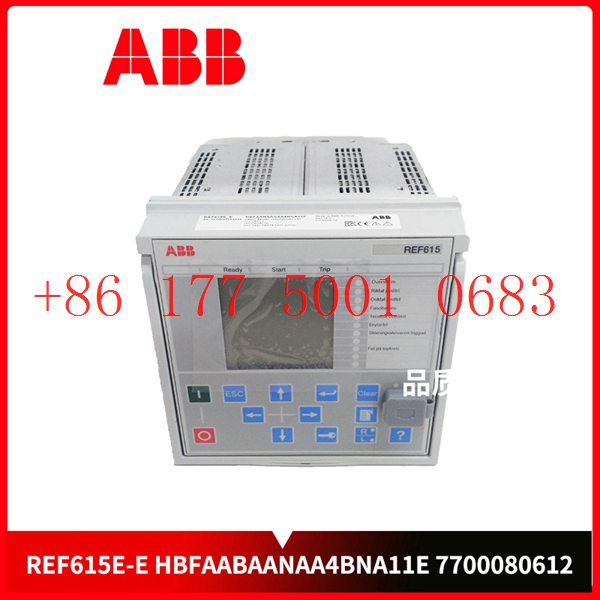
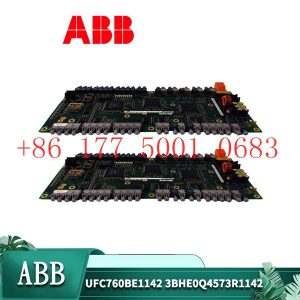
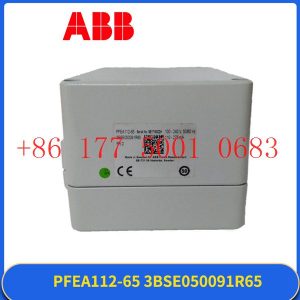
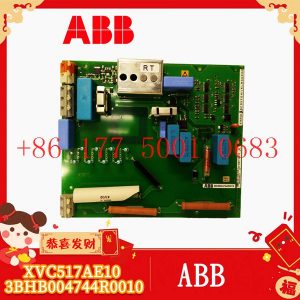
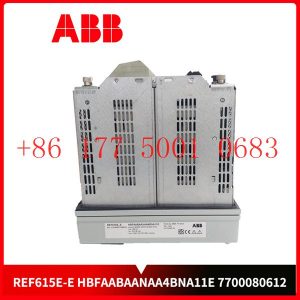




Reviews
There are no reviews yet.